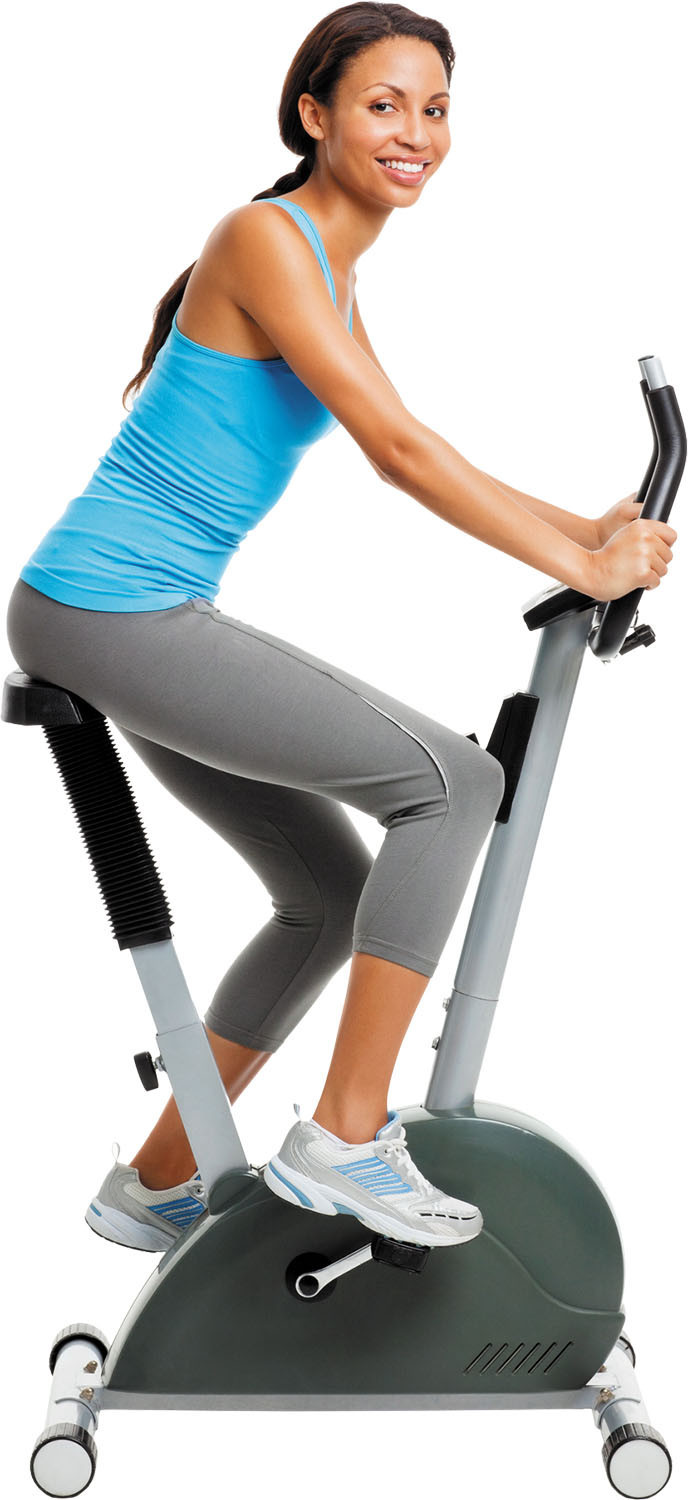Choosing a home exercise machine

Treadmills and related fitness equipment can make aerobic workouts more convenient. Which type is best for you?
Even if you enjoy exercising outdoors, there are times when it’s too cold, too hot, or otherwise uncomfortable or impractical to walk, jog, or cycle outside. And like many people, perhaps you’ve let your gym membership lapse. So how do you make sure you’re getting an aerobic, heart-protecting workout most days of the week?
Maybe it’s time to invest in a home exercise machine, such as a treadmill or elliptical machine. Not only can you exercise in the privacy of your home, you can also easily break up your workout into 10- to 15-minute stints throughout the day, whenever it’s convenient for you. Current guidelines recommend getting at least 2.5 hours of heart rate–elevating (aerobic) exercise each week.
Consider your health history
While all exercise machines provide an aerobic workout, some may be better suited to you than others, depending on your personal situation, says Janice McGrail, physical therapist at Harvard-affiliated Spaulding Rehabilitation Network. By the time most people reach middle age, it’s not uncommon to have at least one joint or muscle problem, from either overuse or injury. It could be creaky knees or hips, a sore shoulder, tender wrists, or an achy lower back. Other health issues might also be worth considering.
“If you have arthritis in your hips or knees, a stationary bike lets you avoid weight bearing that might be painful,” says McGrail. Make sure to adjust the seat height so there’s a slight bend in your knees when the ball of your foot is on the pedal at its lowest point, which helps avoid knee strain. A stationary bike is also a good choice for novice exercisers and those with balance issues.
But if osteoporosis is a concern, weight-bearing exercise — which you can get from a treadmill or elliptical machine — is beneficial. With an elliptical machine, your feet don’t come up and down off the steps, so the weight-bearing action is more moderate, -McGrail notes.
Ellipticals have the additional advantage of working your arms as well as your legs. You can also find stationary bikes with arms that move back and forth, in case you need the added stability of being able to sit instead of stand. However, be sure to consider any history of pain in your shoulders or elbows, since the repetitive motion might exacerbate that problem.
Rowing machines may be the best option for a total-body workout: they require you to use your arms, legs, and core muscles. Because they use so many muscle groups, these machines probably aren’t best for those who are less fit or beginners. Rowing machines also aren’t advisable for people prone to back pain.
Treadmill tips
As one of the original home exercise machines, treadmills remain among the most popular. When considering your options, choose a model with a sturdy frame and an electric motor rather than a nonmotorized treadmill. Much of the machine’s price depends on the motor’s quality, durability, and strength; expect to spend at least $1,000. You’ll need at least a 3-horsepower motor for running versus just walking.
Make sure the walking or running area (called the deck or belt) is long enough for your stride. This will vary depending on your height and if you plan to run, which requires a longer stride. Other key features include an emergency stop button for safety, easy-to-use buttons, and gauges with letters and numbers that are large enough for you to see clearly.